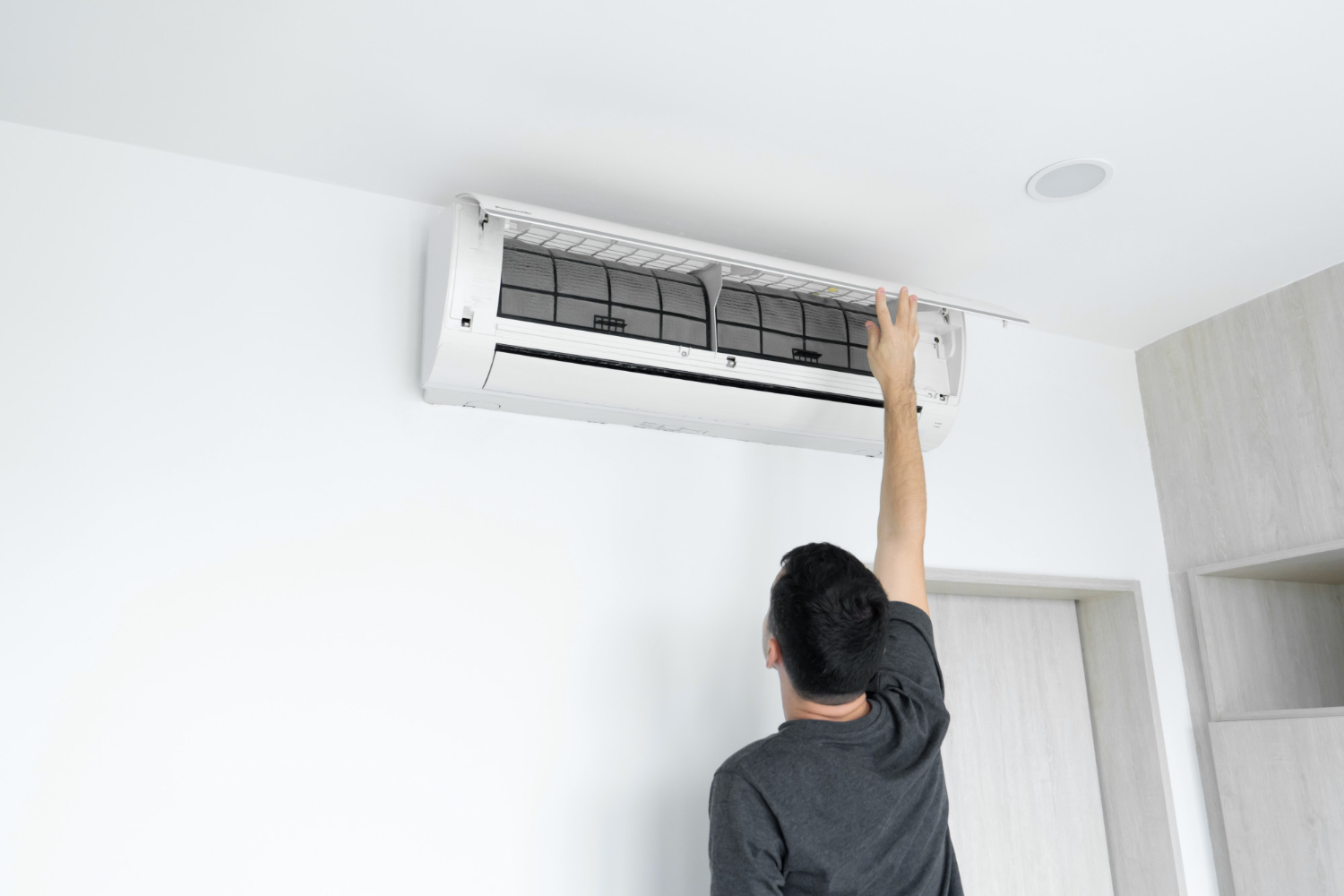Summers in Paso Robles bring more than outdoor gatherings and vineyard visits—they bring heat. Intense, dry, and consistent heat that pushes your air conditioning system to its limits day after day. If you’ve lived through a few Paso Robles summers, you know that keeping indoor spaces cool isn’t just about comfort. It’s about protecting your AC from the kind of strain that can shorten its lifespan or lead to unexpected breakdowns when you need it most.
Understanding how this hot weather affects your AC system’s performance can help you stay ahead of problems. Whether you’re noticing higher energy bills or uneven temperatures throughout your home, signs often point to your unit working overtime. Taking the time to learn what heat does to an AC system makes it easier to prevent wear, reduce stress on components, and keep your home reliably cool.
Increased Workload on AC Systems During Paso Robles Summers
When outdoor temperatures climb into the triple digits, your AC doesn’t get a break. It keeps running harder and longer just to keep indoor air at a comfortable level. That extended run time leads directly to more wear on the parts inside. Motors spin longer, compressors stay engaged, and fan belts move constantly with little to no downtime.
This increased demand doesn’t just put stress on the unit. It also shows up on your monthly utility bill. Many households in Paso Robles report a steady rise in cooling costs throughout August. The cause often traces back to overworked air conditioners trying to cool homes that are fighting against very hot outside air and heat gain from sun-facing windows, roofs, and poorly insulated spaces.
Some common signs that your system is overworked due to hot weather include:
– Unit running longer than usual without shutting off
– Indoor air struggling to cool past a specific temperature
– Heat spots or uneven temperatures across different rooms
– Higher electric bills with no change in use or thermostat setting
Letting this go unchecked can lead to bigger issues over time. Heat stress increases the chance of early failure on parts like capacitors, fans, and thermostats. Even newer systems can wear down faster without any maintenance in between these stretches of nonstop use.
Common AC Problems Caused by Hot Weather
Excessive heat may not seem like it could break an AC system on its own, but many parts inside are vulnerable to high temperatures. Most AC units are built to operate efficiently in warm weather, but consistent extreme heat like what regularly hits Paso Robles creates more pressure than the system is designed to handle for long periods.
Here are a few problems that frequently appear during these long hot stretches:
1. Overheating Components
Motors and capacitors are two of the most heat-sensitive parts inside your AC unit. During very hot weather, these components absorb more heat and release it slower, especially when airflow is obstructed or coils are dirty. Once a capacitor overheats, it cannot store energy properly, which often leads to a motor failing to start or cutting off mid-cycle.
2. Refrigerant Issues
Heat affects the pressure inside your refrigerant lines. A small leak can go unnoticed during mild weather but become a bigger issue once heat levels rise. That leak then makes it harder for your AC to produce cold air. The system may keep running without cooling properly, which means added stress without the results you want.
3. Electrical Failures
Older wiring and control boards can burn out faster in extreme heat. When internal temperatures rise higher than expected, wiring insulation can weaken, leading to short circuits or permanent damage. Some electrical parts, like relays or contactors, can stop responding altogether, leaving your system stuck midway through a cycle.
This kind of extreme weather, paired with long run times, increases the risk of internal breakdowns. For example, one homeowner in Paso Robles didn’t notice a worn-out capacitor until the indoor fan completely stopped during a 100-degree week. Catching that issue earlier could have avoided days without cooling.
AC systems in Paso Robles need more than just reliability. They need to be ready for the longest, hottest weeks of summer. That’s where proper maintenance becomes especially important. Regular upkeep gives your system the chance to handle high heat conditions with fewer risks of failure.
Importance of Regular AC Tune-Ups in Paso Robles
When temperatures stay high week after week, your AC has little chance to recover. That’s why consistent, professional tune-ups are one of the best ways to protect your system. A scheduled tune-up lets our technicians catch early signs of stress before an uncomfortable breakdown happens.
Even a unit that seems to be working fine can have buildup collecting on coils, pressure irregularities in refrigerant lines, or electric components beginning to weaken from heat damage. A tune-up is not just a quick filter check. It is a full review of all the parts keeping cooling performance steady during summer.
Here’s what our professionals handle during a standard AC tune-up in Paso Robles:
– Clear and clean the evaporator and condenser coils
– Test the capacitor and motor performance
– Measure refrigerant charge to spot low levels or pressure issues
– Tighten electrical connections and check voltage
– Lubricate moving parts to reduce unwanted friction
– Calibrate the thermostat and inspect control settings
– Examine ductwork and airflow for blockages
Staying ahead of wear like this lowers the number of emergency calls and reduces strain on the system during Paso Robles’ hottest weeks. More importantly, it helps homeowners avoid the uncomfortable experience of a failed AC unit in August when help is most in demand.
Warning Signs That Demand Immediate Attention
Understanding how heat affects your AC is one part of the equation. Recognizing the red flags of a unit that is already struggling is just as important—especially when fast action could protect you from more harm. Look for key warning signs that the system is under stress and needs help right away.
– Unusual grinding, buzzing, or rattling noises
– Weak airflow from vents no matter the setting
– Short cycling, where the unit turns on and off too frequently
– Thermostat not matching actual temperature
– Warm air blowing out despite cooling mode being active
– Water pooling near the AC or signs of freezing on coils
Any of these can signal issues caused by the heat—damage to internal wiring, fan problems, or pressure changes in the refrigerant lines. In one recent example, a Paso Robles homeowner noticed a humming sound when the unit kicked on. A quick inspection revealed the fan motor was overheating and close to failing, saved just in time by getting help quickly.
Delaying action during hot weather only leads to more problems. Even if the issue seems small, waiting can turn minor repairs into larger fixes that cost more and take longer. The sooner our technicians are brought in, the faster your home returns to a cool, steady environment.
Keeping Your Home Cool in Paso Robles
Paso Robles summers do not leave much room for error when it comes to cooling. Your AC system deals with increasing temperatures, higher workload, and little time to recover. This heat not only makes your home uncomfortable, but it also breaks down components inside your unit faster when not cared for properly.
Knowing how the heat strains your AC helps you plan ahead and avoid costly repairs. Whether it comes down to booking yearly maintenance or calling our technicians at the first sign of trouble, small steps early on go a long way in avoiding system failure.
Regular tune-ups, early responses, and dependable support mean your AC has a better chance of performing during peak summer. When you prepare ahead, your home stays cool and your system lasts longer. That kind of preparation matters when the weather keeps climbing and relief becomes harder to find.
If you have noticed your AC working overtime in the heat and want to avoid further breakdowns, scheduling an AC tune-up in Paso Robles can help keep your system running efficiently. Let Air Rite’s experts give your cooling system the attention it needs to stay reliable during peak temperatures. For a quick estimate or to book a service visit, please contact us today.

















